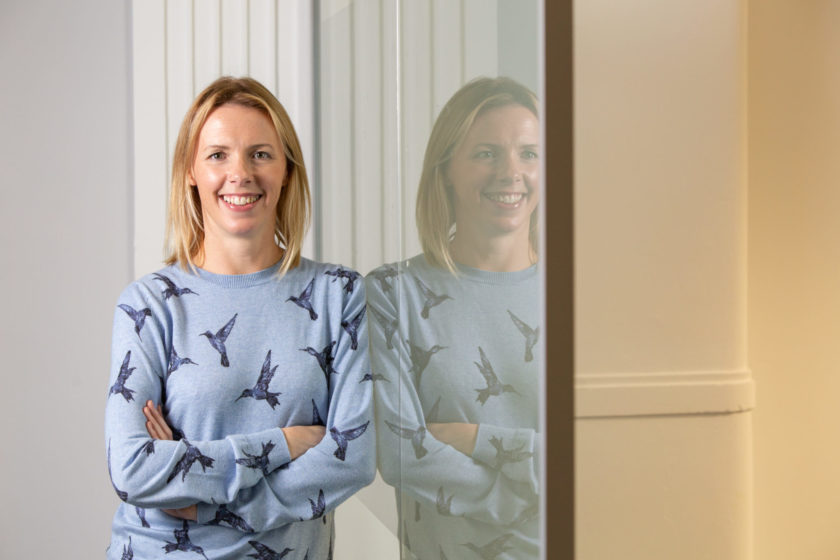When it comes to services and charges who’s to say what constitutes value? asks Cathi Harrison, MD of Apricity Compliance
I was on a panel at the Lang Cat DeadX event last week (surely the only financial services event to be held in a crypt and involve vampires?!). The topic for the panel was value for money in the advice chain, which led to some discussions around active vs passive (though not as many discussions as I was expecting) as well as what areas of advice clients perceive value in.
Do they think the fund managers reviewing stocks and selecting ones on their behalf is value? Do they think a platform that holds all of their plans in one place is value? Or do they think the time sat with an adviser discussing their goals and reviewing them regularly is value? Do they think none of it is “value” as such, and just a service they buy and everyone in that chain is essentially just doing their job?
And what price is value? A question put to the panel was along the lines of how ‘how much is too much?’ when looking at the total costs of advice.
This week, Schroders announced their new pricing structure. Putting aside for a moment that they are essentially getting every piece of the pie in this model – fund managers’ fees, ongoing advice charge, platform fee and DFM fee – at the lowest end, their total charges are 1.20%, which has to be considered to be pretty competitive. Especially if compared to an active strategy, maybe with a DFM overlay, a fully functional but not cheap platform, and a 1% adviser charge, coming in at over 3.00%. So competitive, yes. Valuable? Well, that’s the challenge. Who’s to say what is valuable?
Clearly having 3% a year taken from your plan means a LOT of extra returns are needed to offset that additional cost. But you would also hope that for a 1% adviser fee, you would be getting a lot for your money. Maybe some good quality tax planning that has saved a few thousand pounds that year. Some inheritance tax planning that will save a whole load more in the future. Certainly ISA, pension and CGT allowances getting used to their most efficiency. So, the cost from the fund is only part of the picture and only part of what an individual deems value.
I would say, as we approach 2020, the days of 3% should be moving behind us. Technology advances plus good old fashioned sector pressure should mean these charges coming down, and shouldn’t have to mean a corresponding reduction in the quality of service a client gets. There has been some outrage at the fact that on average, fund management companies are operating at 36% profit margin. Honestly – as a business owner – it just made me wonder why I’m not operating at a 36% profit margin! (Side note: I tend to use the Brett Davidson/FP Advance measure of 25% as a ‘good’ profit margin).
But seriously, as we have to keep reminding ourselves, profits aren’t bad. IF people are clear on what they are being charged and IF the service they are being promised is being delivered and IF they are happy with that service and perceive it to have value – then the profit margins could be 50% for all I care. The problem seems to be that right now, people aren’t completely clear on what they are being charged, and aren’t always getting delivered what’s been promised.
These are all issues that have risen off the back of the Asset Management Market Study. Here is a link to the lang cat’s Mike Barrett’s very succinct summary of the policy paper and what should be happening now in the world of asset management. Give it a read, and make sure to use it to push back and check that the investment strategy you are recommending can truly articulate their value and their associated costs.
Meanwhile, exciting news over at The Art of Finance, with our newest course, The Art of Financial Administration going live – see below to nab a spot.
Apricity recently ran a webinar on Vulnerable Customers which can be accessed here.
This article was first published in Cathi’s weekly Eclipse blog for Apricity Compliance.



























